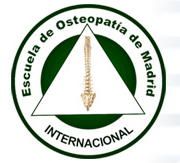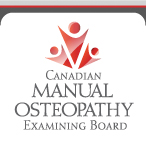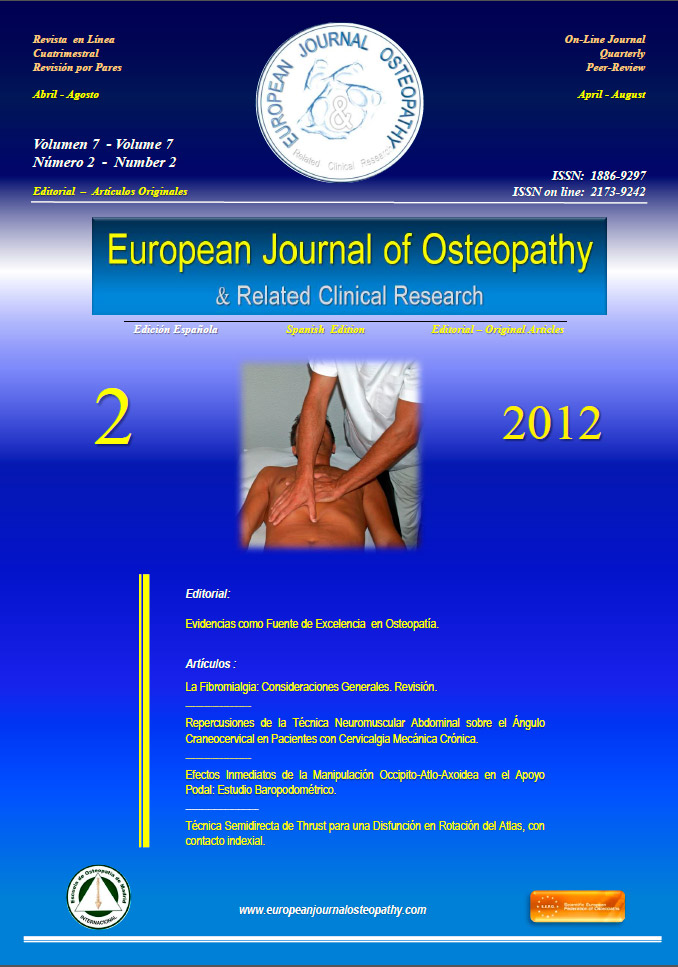By Diane Fecteau, GCFP
Watch a child standing by herself the first time. Her joy is apparent; her pride knows no bounds. Triumphant over gravity, she takes her first steps toward independence.
As we age, we take our balance for granted. But perhaps one day we do something simple—stand on our tiptoes to reach or take a step—and we feel unstable. Maybe there’s a sensation of spinning or whirling—what doctors call vertigo. Perhaps there’s a sense of turning. Worse, we may fall.
Carol, a 60-year old widow, was referred to me by her doctor. She had begun feeling “dizzy,” and had fallen a half dozen times. Her doctor’s numerous tests had found no reason for her falling. While she had thus far avoided serious injury, her doctor was concerned. Carol now hesitated to walk alone to her mailbox. She feared she would fall and nobody would be there to help her up. She was afraid of the stairs in her three-story townhouse. Her world was becoming smaller. She was losing her independence.
When Carol arrived at my office for her first appointment, she walked slowly, bending forward, and reaching out to a door or wall to steady herself. When we walk like this it prevents our pelvis, hip joints, spine, and shoulders from moving freely. Our weight can’t easily shift from heels to toes as we step forward. It makes it impossible to read the cues the body sends regarding balance—cues from our ankles, hip joints, and neck. It becomes easier to fall. But the fear of falling, a primal one, had resulted in her becoming tense and constricted. She was taking no chances.
Carol and I worked together for several weeks. The Functional Integration® lessons involved connecting her head to her pelvis, using her four points—both hands and both feet—to explore losing and regaining equilibrium, coordinating between right and left, shifting weight, and rolling. Her awareness of where she was in space improved.
After five weeks she reported she had not fallen since the first week we began working together. I then shared the following lesson with her. Standing, I asked her to pat her belly just below the belly button. I asked her to imagine this entire area—side-to-side and front to back—as a huge blue balloon. She then imagined the balloon floating forward as she floated forward. Then she imagined it floating backward and she floated backward. The balloon, floating through space, carried her around my office. Her legs stayed soft and responsive; her arms were relaxed at her sides. Gliding through space, she looked very different from the lady who had crept slowly into my office. Gone were the constricting habits. She had lost her fear of walking.
Carol, like many of my clients with balance problems, discovered that balance can improve. Through the Feldenkrais Method® of somatic education, she found a safe way to explore her relationship with the space around her and the ground beneath her. Learning just as she did when she was a child, she regained her independence.
As we age, we take our balance for granted. But perhaps one day we do something simple—stand on our tiptoes to reach or take a step—and we feel unstable. Maybe there’s a sensation of spinning or whirling—what doctors call vertigo. Perhaps there’s a sense of turning. Worse, we may fall.
Carol, a 60-year old widow, was referred to me by her doctor. She had begun feeling “dizzy,” and had fallen a half dozen times. Her doctor’s numerous tests had found no reason for her falling. While she had thus far avoided serious injury, her doctor was concerned. Carol now hesitated to walk alone to her mailbox. She feared she would fall and nobody would be there to help her up. She was afraid of the stairs in her three-story townhouse. Her world was becoming smaller. She was losing her independence.
When Carol arrived at my office for her first appointment, she walked slowly, bending forward, and reaching out to a door or wall to steady herself. When we walk like this it prevents our pelvis, hip joints, spine, and shoulders from moving freely. Our weight can’t easily shift from heels to toes as we step forward. It makes it impossible to read the cues the body sends regarding balance—cues from our ankles, hip joints, and neck. It becomes easier to fall. But the fear of falling, a primal one, had resulted in her becoming tense and constricted. She was taking no chances.
Carol and I worked together for several weeks. The Functional Integration® lessons involved connecting her head to her pelvis, using her four points—both hands and both feet—to explore losing and regaining equilibrium, coordinating between right and left, shifting weight, and rolling. Her awareness of where she was in space improved.
After five weeks she reported she had not fallen since the first week we began working together. I then shared the following lesson with her. Standing, I asked her to pat her belly just below the belly button. I asked her to imagine this entire area—side-to-side and front to back—as a huge blue balloon. She then imagined the balloon floating forward as she floated forward. Then she imagined it floating backward and she floated backward. The balloon, floating through space, carried her around my office. Her legs stayed soft and responsive; her arms were relaxed at her sides. Gliding through space, she looked very different from the lady who had crept slowly into my office. Gone were the constricting habits. She had lost her fear of walking.
Carol, like many of my clients with balance problems, discovered that balance can improve. Through the Feldenkrais Method® of somatic education, she found a safe way to explore her relationship with the space around her and the ground beneath her. Learning just as she did when she was a child, she regained her independence.
Dianne Fecteau is a Guild Certified Feldenkrais Practitionercm, and Eastern Region Rep for the FELDENKRAIS GUILD® of North America. She has recorded a two-CD set for people with balance problems.








 4:16
4:16
 Daniel Enriquez de Guevara
Daniel Enriquez de Guevara





























.jpg)






















0 comentarios :
Publicar un comentario